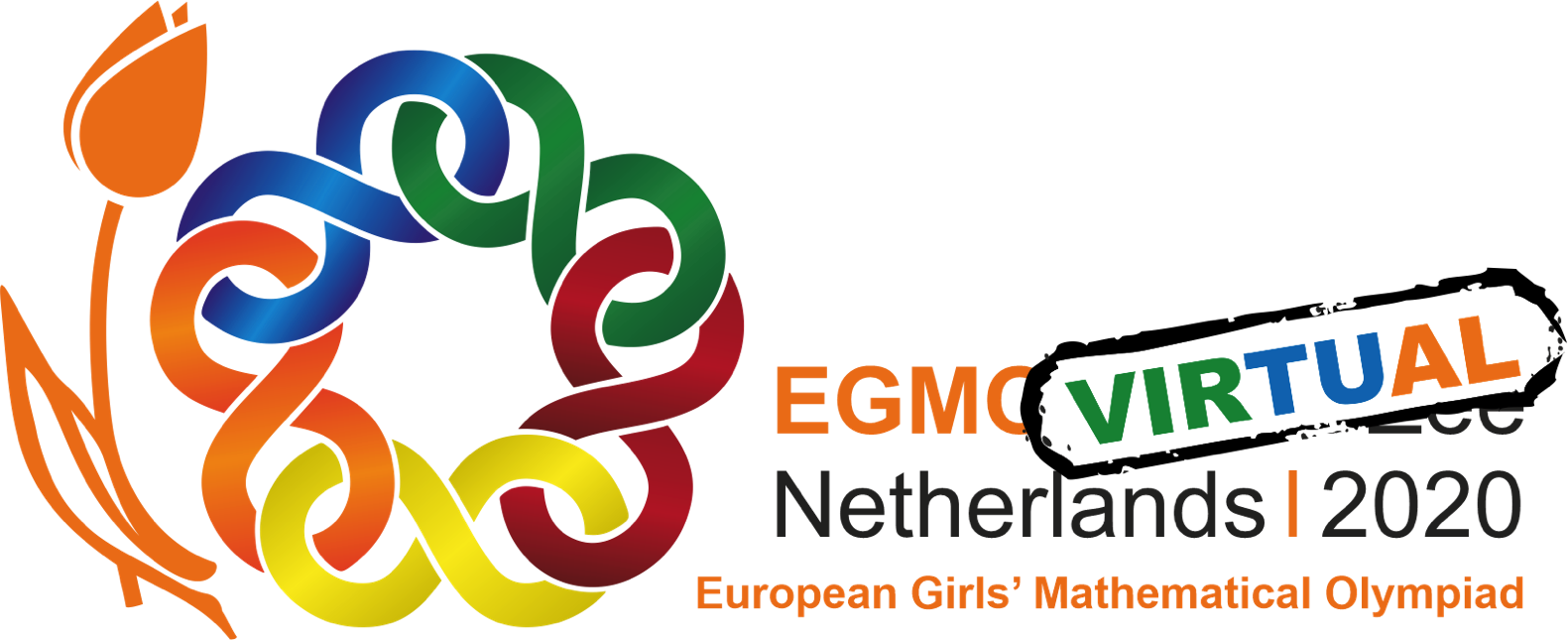(Interview by Mireia Martínez i Sellarès)
Marithania Silvero Casanova is a Spanish mathematician from Huelva (Spain) who works in Knot Theory. She has been recently awarded with Premio Vicent Caselles, a Prize given by the Spanish Royal Society of Mathematics and the Foundation BBVA for her research in Mathematics. In her PhD thesis she refuted a conjecture by Louis Kaufmann. She has also given a new approach to Khovanov homology, which has been very well received among specialists in the area.
She agreed to answer some questions for us: about her career, her research, and the importance of encouraging girls to pursue careers in STEM.
EGMO: Could you describe what your mathematical career has been like so far?
Marithania: I got my Degree in Mathematics from the University of Seville in 2011. In 2016 I got my PhD Degree in Mathematics from the University of Seville, with an Extraordinary Prize Award. My research area focuses in Knot Theory. As a PhD student I had the opportunity to do several research stays at institutions as The George Washington University, University of Illinois at Chicago, Indiana University… These stays were a crucial point in my career because I could work and learn from some of the most internationally renowned specialists in my area, such as Józef H. Przytycki, Louis H. Kauffman, Charles Livingston…
As a postdoc, I have continued moving a lot: I worked for one year at the Institute of Mathematics in the Polish Academy of Sciences (Warsaw), at the Barcelona Graduate School of Mathematics and at the University of the Basque Country. Since August 2019 I work as Assistant Professor at the University of Huelva, my hometown.
Meeting other mathematicians and discuss with them about your work play a very important role in the life of a researcher. In this sense, conferences and seminars are very important (I have given more than 70 talks at conferences and research seminars!) This allowed me not just to visit wonderful places but also to cooperate and collaborate with mathematicians from other institutions, leading to joint projects and joint papers.
Now an anecdote: One of the topics of my research is Khovanov homology, a knot invariant introduced by Mikhail Khovanov. You can imagine that I was very enthusiastic when I first met him at a conference and gave a talk on my work on his homology in front of him! He was really nice and invited me to Columbia University, where he works, to give a seminar about my work and discuss with him.
E: Could you explain a bit what your work and your research are about?
M: My research falls within the scope of Topology, more precisely of Knot Theory. If we take a piece of rope, tie it, and glue the two endpoints together so that we obtain a knotted loop, what we get is a quite intuitive idea of what mathematicians call a knot. Knot Theory studies the deformations that we can make to such a knotted loop: the rope can be stretched, twisted… but cutting is forbidden. In mathematical language we say that we study the deformations of the space of dimension 1 viewed in the 3-dimensional space.
E: What is the Kaufmann conjecture about?
M: In order to study the deformations in the knotted loops, we classify knots in different families, attending to their properties. Two of these families are the family of alternative knots and the family of pseudoalternating knots. In 1983 Louis H. Kauffman conjectured that both families were equal, that is, that the properties that a knot must satisfy to be alternative are equivalent to these that it should satisfy to be pseudoalternating. I found a knot which is pseudoalternating but not alternative, i.e., a counterexample to Kauffman’s conjecture. This knot, which is labeled as 10_{145} in Rolfsen’s table (a catalogue of knots made by Dale Rolfsen around 1976), became my favourite knot since then.
E: Did you have any role model that inspired or motivated you to become a mathematician?
M: Not really a single model. I have been very lucky to have had very good professors of Mathematics. At high-school they were able to present the problems as if they were puzzles, which I think is the best way to teach Mathematics to children and teenagers. Then, at university, I have to mention my supervisors, Juan González-Meneses and Pedro Manchón and also Józef H. Przytycki; I am really grateful to them because they have taught me not just mathematical knowledge, but they have passed me their love for Mathematics. They have been (and in fact, they are) very inspiring for me.
E: What do you think of events like the EGMO, made specifically for young girls and teenagers? Do you think they are necessary? Why?
M: It is a fact that girls pursue STEM careers at dramatically lower rates than boys. The reasons for this could be discussed; we can mention stereotypes (scientists are often presented as awkward men wearing glasses) or cultural barriers. In my opinion, the most important point is that all these reasons are based on social conventions, there are no biological barriers: the brains of girls and boys are similar, there is no gender difference in math ability.
This means that women are as good at STEM fields as men. In this sense, I think that all those activities encouraging girls and teenagers to enter in STEM fields, in particular in Mathematics, are very necessary.


